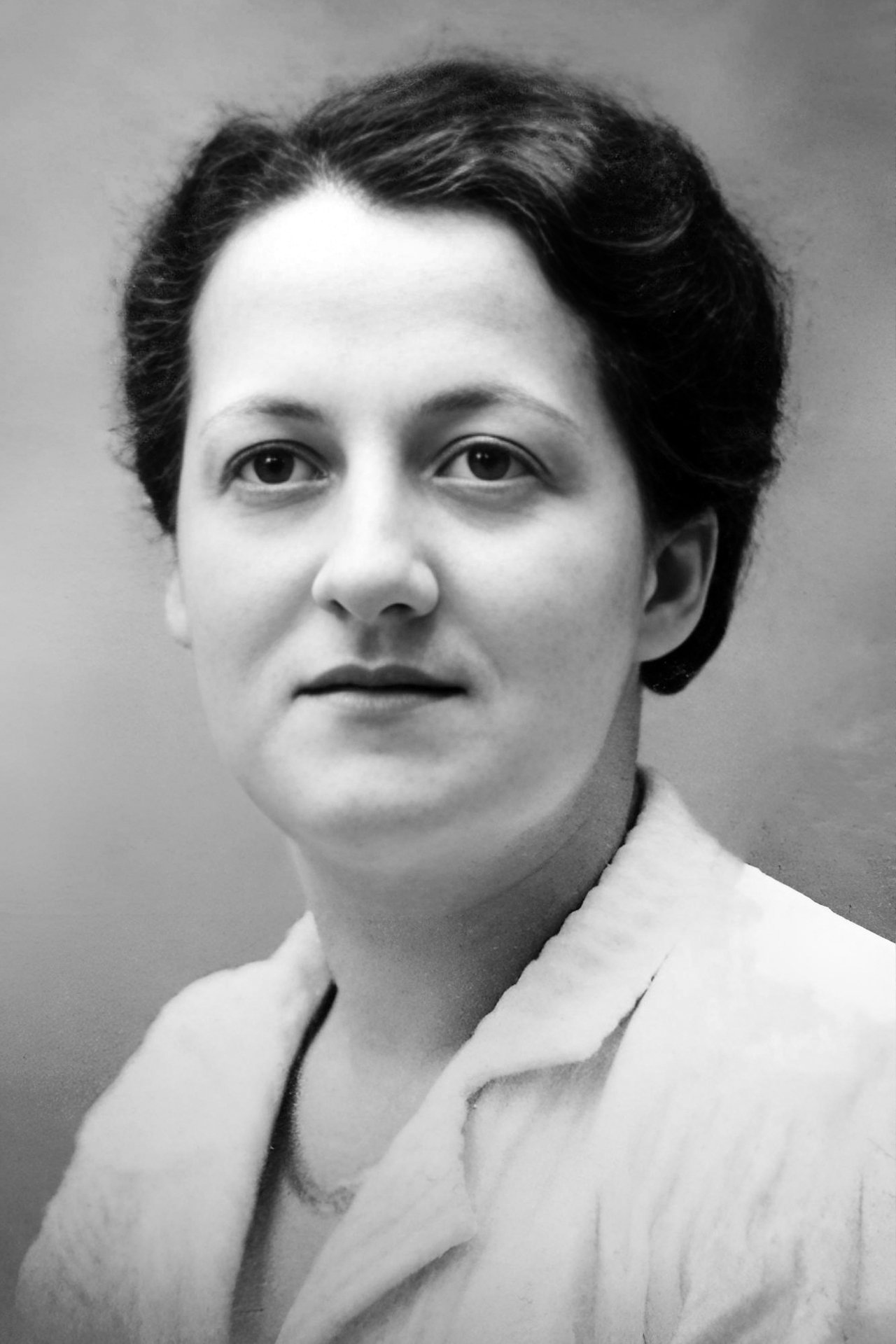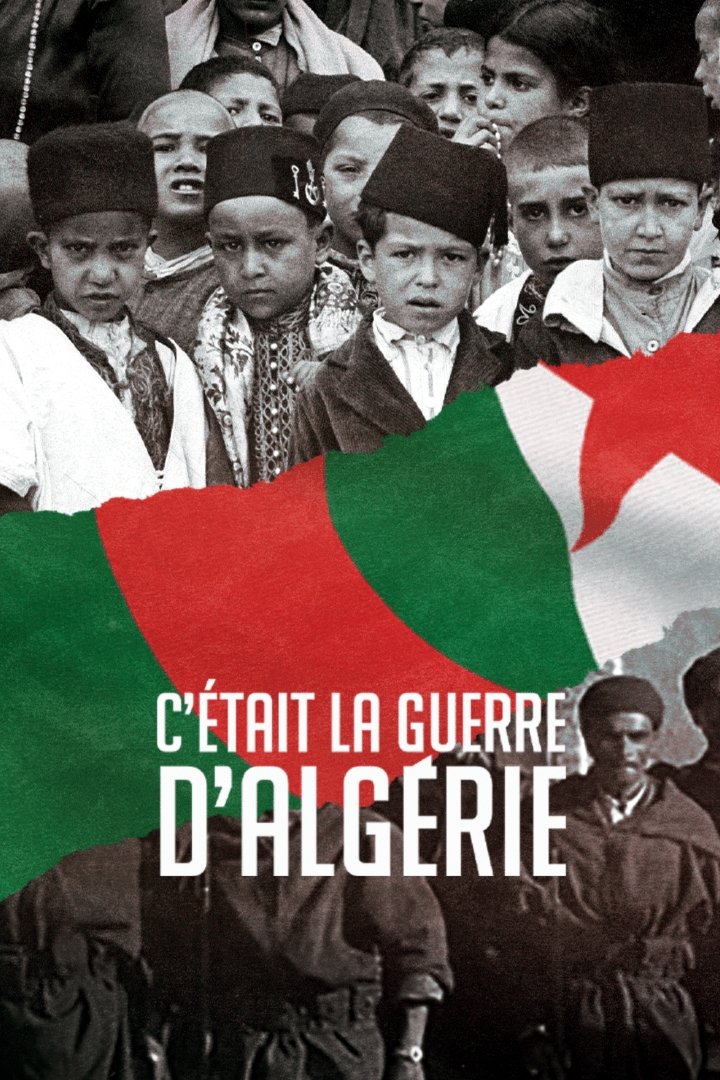



Biography of the ideas and teachings of Marcel Mauss, considered the founder of Anthropology who lived and wrote in the first half of the 20th century, in France. His work is discussed through the testimony of three students, carried out in Paris between 1997 and 1999. Denise Paulme died 4 months after the interview, Germaine Diertelen died 9 months later and Germaine Tillion, aged 95 in 2002, still works. The three were part of the first generation of French anthropologists, formed in the 1930s.

Documentary edited from testimonies on the torture of people who experienced the war. Some witnesses were tortured by Jean-Marie Le Pen. These testimonies will help defend the newspaper Le Canard Enchaîné in court against Jean-Marie Le Pen for defamation. The film was shown in 1985 during the trial and some witnesses also came to support the newspaper. But the 1963 amnesty law protects the politician, prohibiting the use of images that could harm people who served during the Algerian war.
Germaine Tillion, born on May 30, 1907 in Allègre in Haute-Loire, is an emblematic figure of the French Resistance, ethnologist and writer. She devoted her life to the fight against oppression and the defense of human rights. Germaine Tillion is the daughter of a magistrate and a publisher. She studied ethnology under Marcel Mauss and Louis Massignon at the Collège de France. Her first research took her to Algeria, where she studied Berber societies. During the Second World War, Tillion joined the French Resistance. She was arrested in 1942 and deported to the Ravensbrück concentration camp in 1943. Despite the inhumane conditions, she continued to document life in the camp and help her fellow prisoners. After her release in 1945, Germaine Tillion worked to collect testimonies and documents on the concentration camps. She also wrote several books about her experience, including “Ravensbrück,” which became a reference on the subject. Tillion continued her commitment in Algeria, where she denounced torture during the war of independence. She also worked on development and education projects for local populations. In 2004, she was named Grand-Croix of the Legion of Honor, France’s highest distinction. The same year, she created the Germaine Tillion association. Germaine Tillion died on April 19, 2008 in Saint-Mandé, at the age of 100. Her legacy lives on through her writings and her unwavering commitment to justice and human rights. In 2015, she was buried in the Panthéon, an honor reserved for great figures in French history. Holder of numerous decorations for her heroic acts during the Second World War, she was in 1999 the second French woman to become Grand Cross of the Legion of Honor after Geneviève de Gaulle-Anthonioz. A tribute from the Nation was paid to her at the Panthéon on May 27, 2015, where she entered at the same time as Geneviève de Gaulle-Anthonioz, Jean Zay and Pierre Brossolette. Germaine Tillion remains a source of inspiration for her courage, resilience and dedication to the human cause. Her work continues to influence studies on the Resistance and human rights.
By browsing this website, you accept our cookies policy.